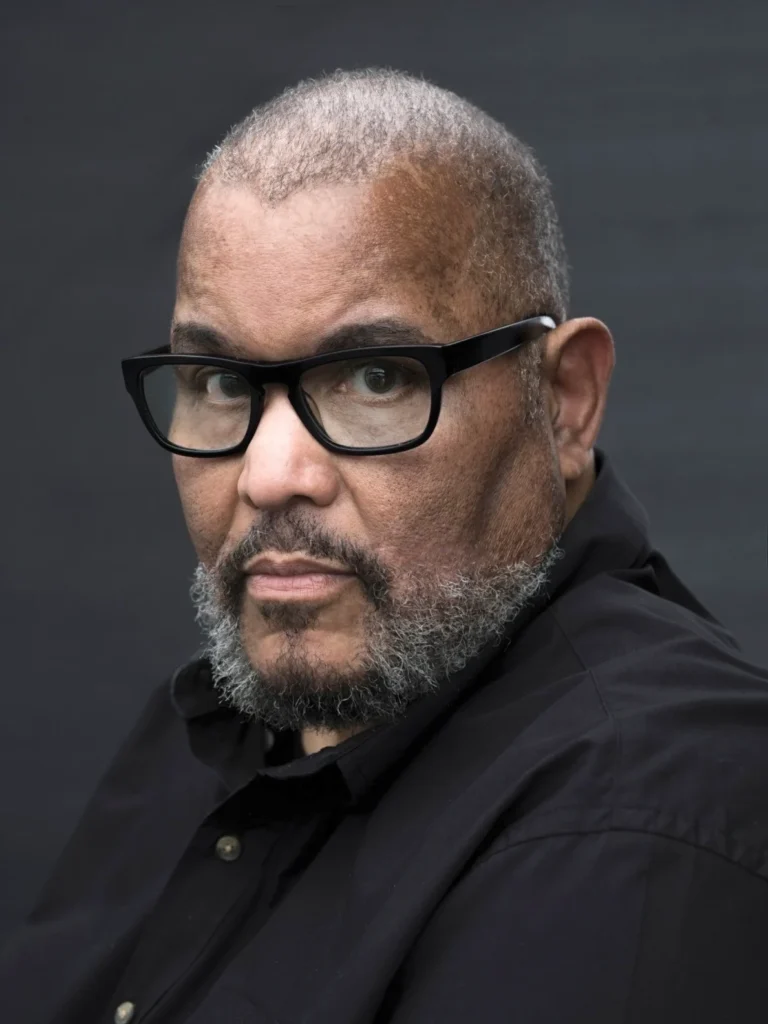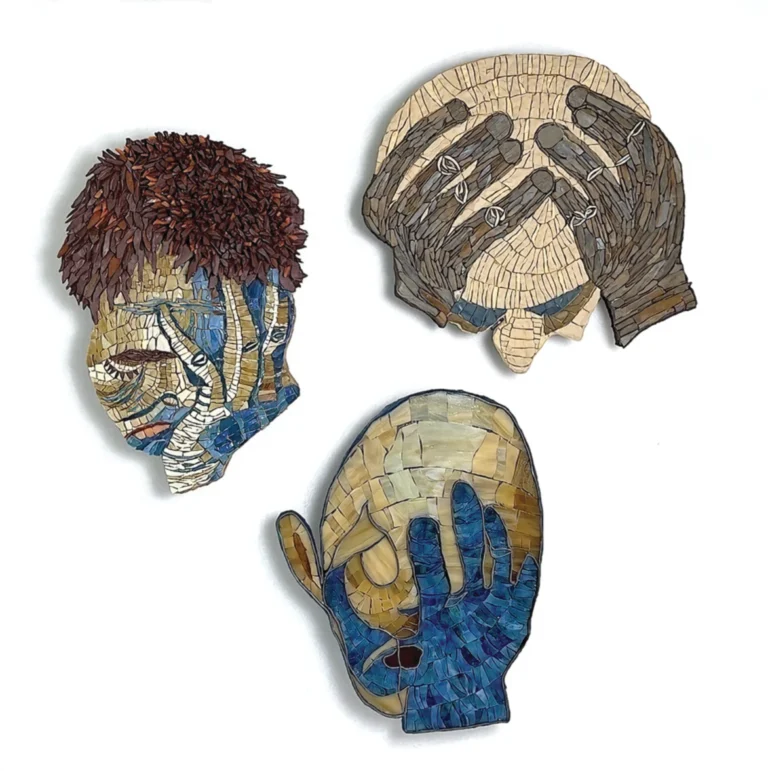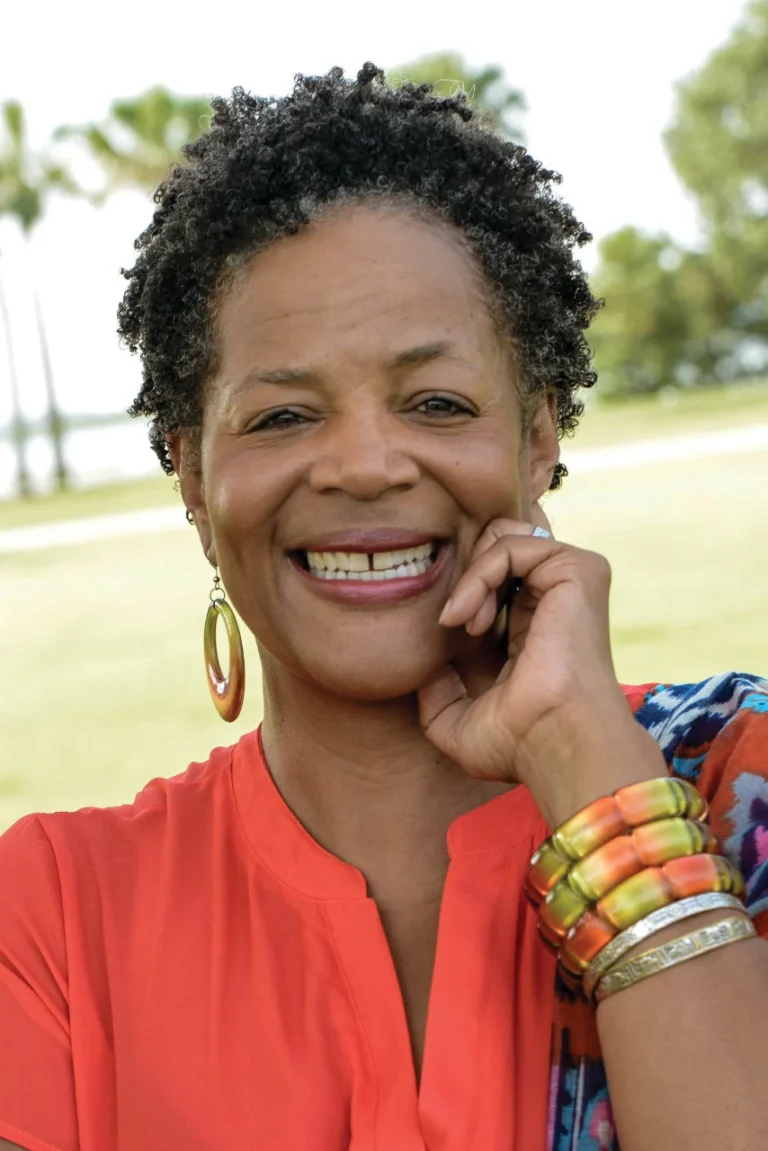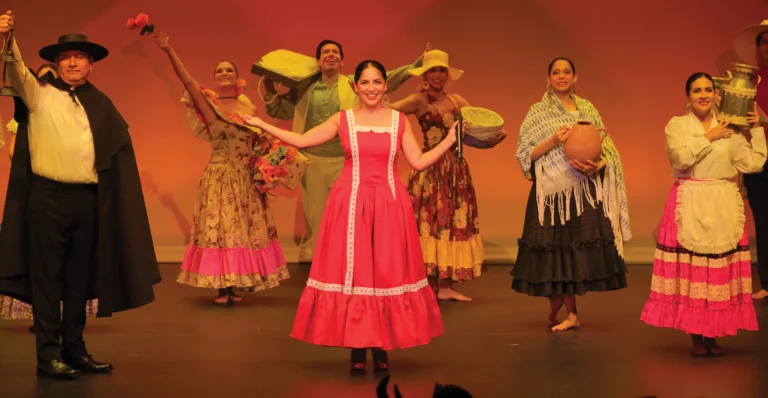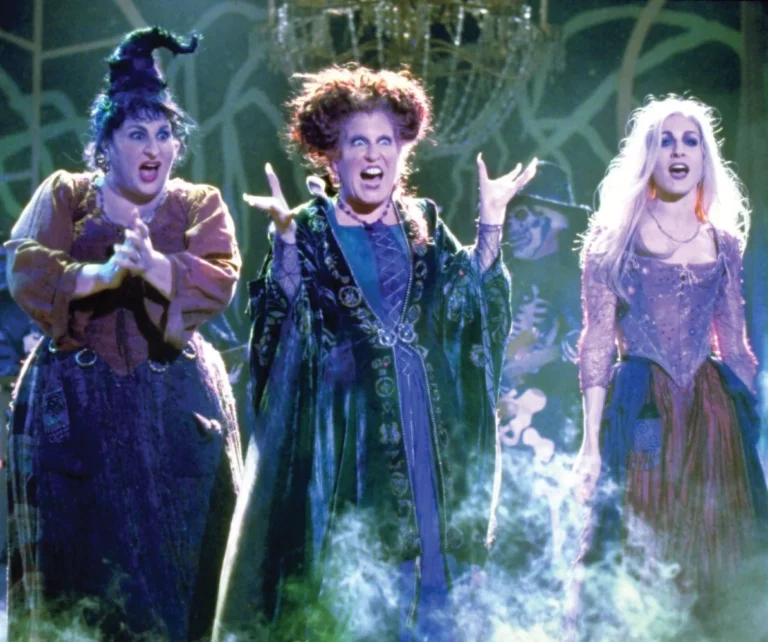Beginning with his street images in Harlem some 50 years ago, acclaimed American photographer Dawoud Bey has been hailed for his soul-revealing images of Black life and people. His work has testified to a profound relationship between the photographer and his subject.
In Evergreen, a three-channel triptych video installation by Bey at Orlando Museum of Art, patrons will be moved by the artist’s connection to place. The work is on loan from the Art Bridges Foundation.
Evergreen, a sugar plantation in Wallace, Louisiana, is a National Historic Landmark with a Greek Revival antebellum house and 22 surviving slave cabins in a double row. Bey captures neither the people of the plantation nor the “big house.”
“There’s a presence that you feel when you’re at Evergreen that is undeniable,” Bey has said. He has described the 2021 work as “a kind of deep witnessing.”
He explores the plantation in 11-minutes of dreamlike sequences of extant slave cabins and magnificent oak canopies. The images, projected over more than 22 feet of screens with a haunting soundtrack from singer-songwriter Imani Uzuri, are a powerful meditation on a place where enslaved people lived, worked and suffered.
“Returning to Louisiana recently only reinforced my belief that we forget history,” Bey said about visiting Evergreen. “Calling it to remembrance—as I do in my work—keeps us alert and responsive to the presence of those horrific pieces of a past, which, left untended, can return to haunt us yet again.”
For greater outreach to the African American community in Central Florida, OMA has developed tours and programming this fall in partnership with the Hannibal Square Heritage Center, the Alliance for Truth and Justice in Ocoee and the Wells’ Built Museum in Orlando.



